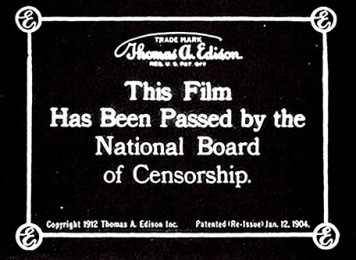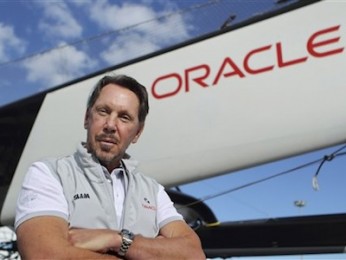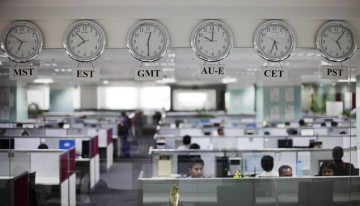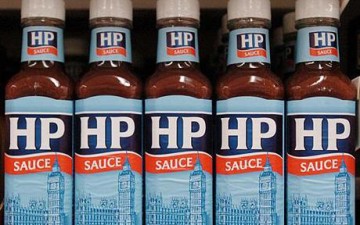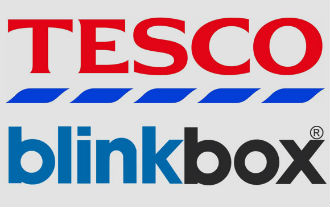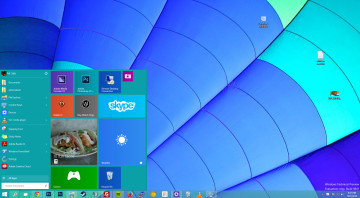 For a while now AMD has been largely ignored by the makers of NAS x86 gear – who have tended to favour Intel or, more lately, ARM.
For a while now AMD has been largely ignored by the makers of NAS x86 gear – who have tended to favour Intel or, more lately, ARM.
QNAP has become the first vendor to bring an AMD-based x86 NAS to the market and was showing off its wares at CES over the weekend.
Dubbed the TVS-x63 lineup has four, six and eight bay models. Each of them has a four or eight GB of RAM. The 8-bay model also comes with a ‘+’ SKU and a 10GBASE-T NIC pre-installed in the spare PCIe slot. The ‘+’ version comes with either 8 or 16 GB of RAM.
What makes this NAS different from many of the others out there is that QNAP specifies the CPU in the TVS-x63 models as ‘AMD quad-core 2.4 GHz with Radeon Graphics.’ This turns out to be AMD’s GX-424CC SoC.
This 4C/4T Steppe Eagle configuration is based on the Puma microarchitecture and has a TDP of 25 W. The L2 cache is 2 MB in size. The cores run at 2.4 GHz while the integrated Radeon GPU runs at 497 MHz.
This can support DDR3 memory at 1866 MHz. Puma supports out-of-order execution and is expected to turn out a performance similar to Silvermont in the Bay Trail SoCs.
The TVS-x63 has two HDMI outputs to handle multi-media. It supports true 4K output for the UI as well as QvPC. Video playback is restricted to 1080p and the the VCE engine is supported by the firmware, enabling hardware-accelerated transcoding similar to what we saw with the TS-x51 and TS-x53 Pro units that used Quick Sync.
The AMD offering by QNAP is a bit of a surprise and could force a price drop in similar NAS specs in the next few months. This is assuming that Intel’s vendors are beating a path to Intel’s door demanding either a product or a price which matches what AMD has done.
The TVS-863+-8G is expected to retail for $1400 which is really cheap if you take into account that the . 10G port is pre-installed. More basic models cost $1200 for the TVS-863-4G, $1000 for the TVS-663-4G and $800 for the TVS-463-4G.

